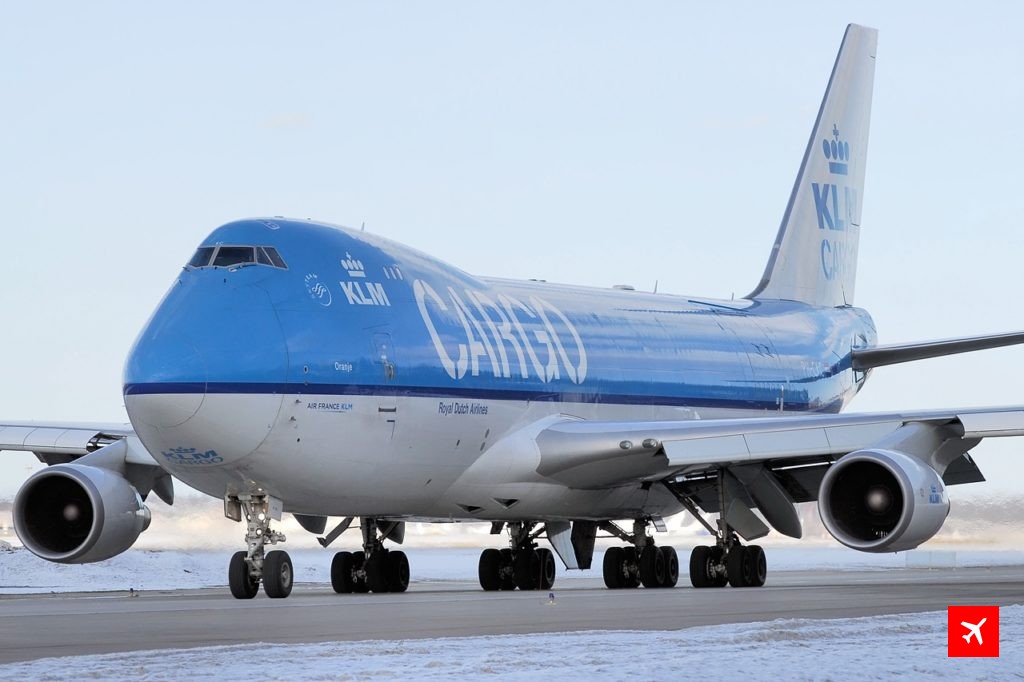In our database you filled with aviation noise measurements we see sometimes strange curves. We suspect that these are caused by users who try to measure the aviation noise while standing in the wind.

‘Regular’ measurements show a relatively slow upcoming and dying noise profile. But some of the measurements show more than one top and bottom. We will flag these measurements to distinguish them from the regular registrations.
We will keep these ‘odd’ measurements in our database, to give scientists the chance to analyze them, but we will not show them in our regular overview on the upcoming website.



